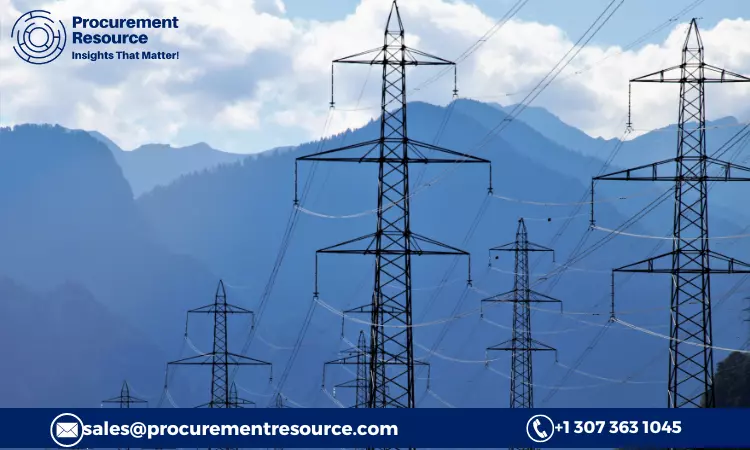The transition from coal to clean energy has become a paramount focus in the global discourse surrounding climate change. Electricity production is one of the chief contributors to greenhouse gas emissions, with coal being one of the most carbon-intensive sources of energy. Understanding the climate cost associated with various types of electricity production is crucial for enacting meaningful and sustainable change. Readers can expect a nuanced exploration of the myriad implications tied to the shift from fossil fuels to renewable sources.
Coal: The Traditional Powerhouse
Coal has long served as a cornerstone for electricity production since the Industrial Revolution. Its abundance and relative low cost made it an attractive choice for many countries, especially those with significant reserves. However, the combustion of coal releases substantial amounts of carbon dioxide (CO2) and other pollutants, such as sulfur dioxide (SO2) and nitrogen oxides (NOx). These emissions contribute to air quality degradation, acid rain, and exacerbation of respiratory ailments among populations.
The miner’s longevity in coal production has resulted in entrenched industrial practices that are resistant to change. Even as global awareness of climate issues rises, political and economic barriers often hinder the transition to cleaner alternatives. The immediacy of coal-derived electricity contrasts starkly with the long-term benefits of renewable energy, creating an apparent dichotomy that must be addressed.
Environmental Impact and Health Risks
The environmental toll exacted by coal is staggering. Airborne particulates from coal-powered plants not only affect local air quality but also contribute to regional and global climatic perturbations. The scientific community has extensively documented the link between increased CO2 levels and global warming, which leads to extreme weather events and ecological destabilization.
Additionally, the health risks associated with coal are deeply concerning. Communities situated near coal plants often exhibit higher instances of respiratory diseases, cardiovascular problems, and even cancer. The World Health Organization has linked air pollution to millions of premature deaths each year, underscoring that the cost of coal is both financial and human.
Shifting Paradigms: The Rise of Renewables
In response to the mounting evidence against coal, a variety of cleaner energy sources have emerged. Renewable energy technologies such as solar, wind, and hydroelectric power present promising alternatives. This section delves into the different types of clean electricity generation.
Solar energy, harnessed from the sun’s rays, is one of the fastest-growing segments of the energy market. Photovoltaic cells convert sunlight directly into electricity with decreasing costs and rising efficiency. Wind energy, another key player, captures kinetic energy from wind currents through turbines, offering a silent, non-polluting energy source. Hydroelectric power harnesses the energy of flowing water, often through large dams, providing both electricity and water management solutions.
The transition to renewables not only reduces greenhouse gas emissions but also promotes energy independence. Countries that embrace renewable sources lessen their reliance on imported fossil fuels, stabilizing their energy prices and bolstering local economies.
Economic Considerations of Transition
While the environmental and health costs of coal are evident, the economic implications of transitioning to cleaner energy are multifaceted. Initial investments in renewable infrastructure can be significant, yet the long-term savings, coupled with job creation in the green tech sectors, can offset these costs. Furthermore, as technology advances, the price of renewable energy continues to decline, thereby bolstering its competitiveness against traditional fossil fuels.
Moreover, the growing field of green finance is reshaping investment landscapes. Funds dedicated to sustainable initiatives are proliferating, as corporate and individual investors demonstrate a collective preference for environmentally responsible portfolios. These trends illustrate a pivotal shift in how investment decisions are made, increasingly aligned with sustainable development goals.
The Role of Policy and Regulation
No discussion on the transition from coal to clean energy is complete without examining the role of policy. Governments worldwide must enact and enforce regulations that support clean energy initiatives while limiting the environmental impacts associated with fossil fuels. This can be achieved through mechanisms such as carbon pricing, renewable energy standards, and subsidies for clean energy projects.
Public policies must address both the technical and socio-economic barriers that hinder the clean energy transition. Regulations that phase out coal-specific subsidies will accelerate the shift toward more sustainable practices. Additionally, retraining programs for workers in declining coal industries are pivotal, ensuring that transitions do not lead to economic dislocation for those dependent on traditional energy sectors.
Future Prospects: A Path Forward
The transition from coal to clean energy is not merely a matter of environmental necessity; it is an imperative for sustainable development. The future of electricity production hinges on a holistic approach that encompasses technological innovation, economic restructuring, and robust policymaking. The challenges are formidable, but the potential rewards—a healthier planet, cleaner air, and sustainable economies—are immeasurable.
As we navigate this transition, it is vital that all stakeholders—governments, industries, and individuals—collaborate and commit to an equitable and comprehensive approach. Only through collective action can we surmount the entrenched interests that prop up coal and move toward a sustainable future powered by clean, renewable energy sources. This transition is not merely an option; it is an urgent necessity for the reverberating rhythms of our planet’s health and humanity’s continued existence.






